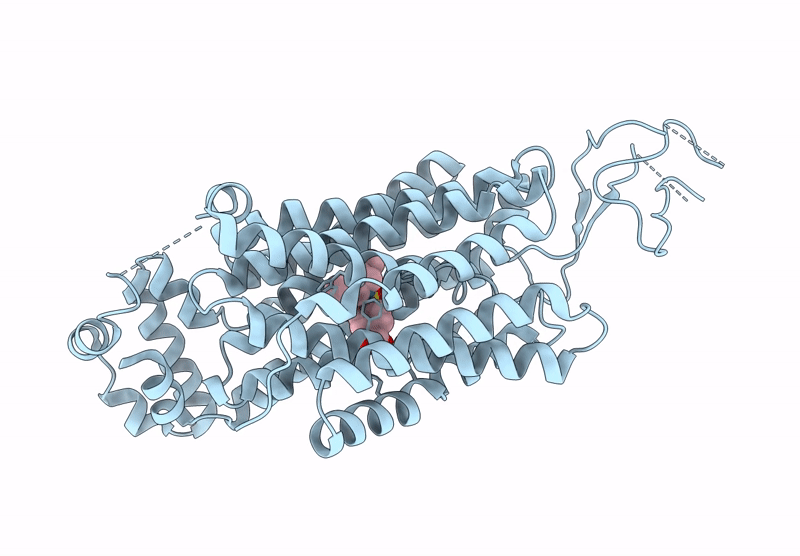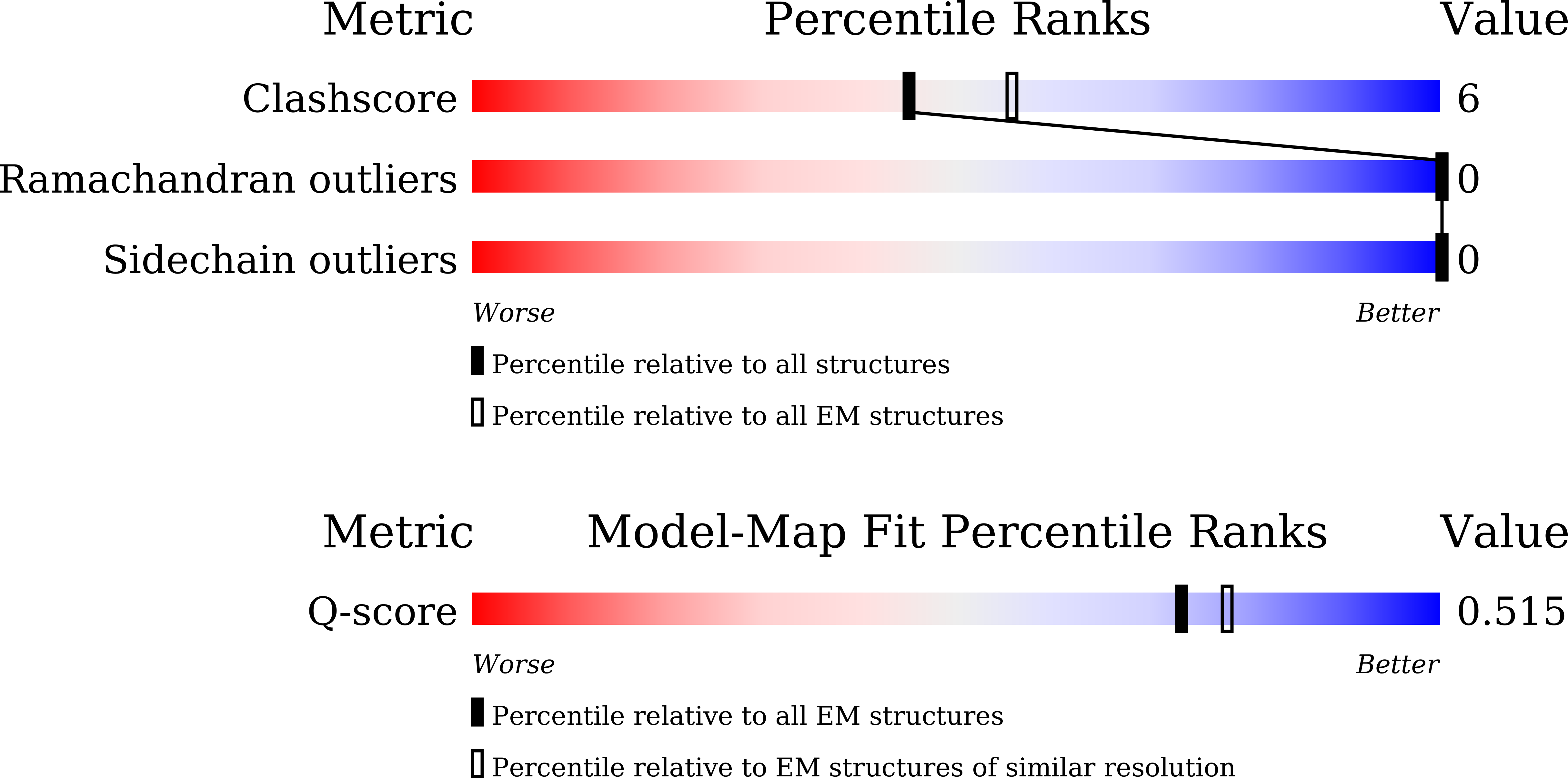
Deposition Date
2024-11-14
Release Date
2025-11-05
Last Version Date
2025-11-19
Entry Detail
PDB ID:
9KL5
Keywords:
Title:
Cryo-EM strucuture of human OAT1 in complex with probenecid
Biological Source:
Source Organism:
Homo sapiens (Taxon ID: 9606)
Host Organism:
Method Details:
Experimental Method:
Resolution:
3.33 Å
Aggregation State:
PARTICLE
Reconstruction Method:
SINGLE PARTICLE


